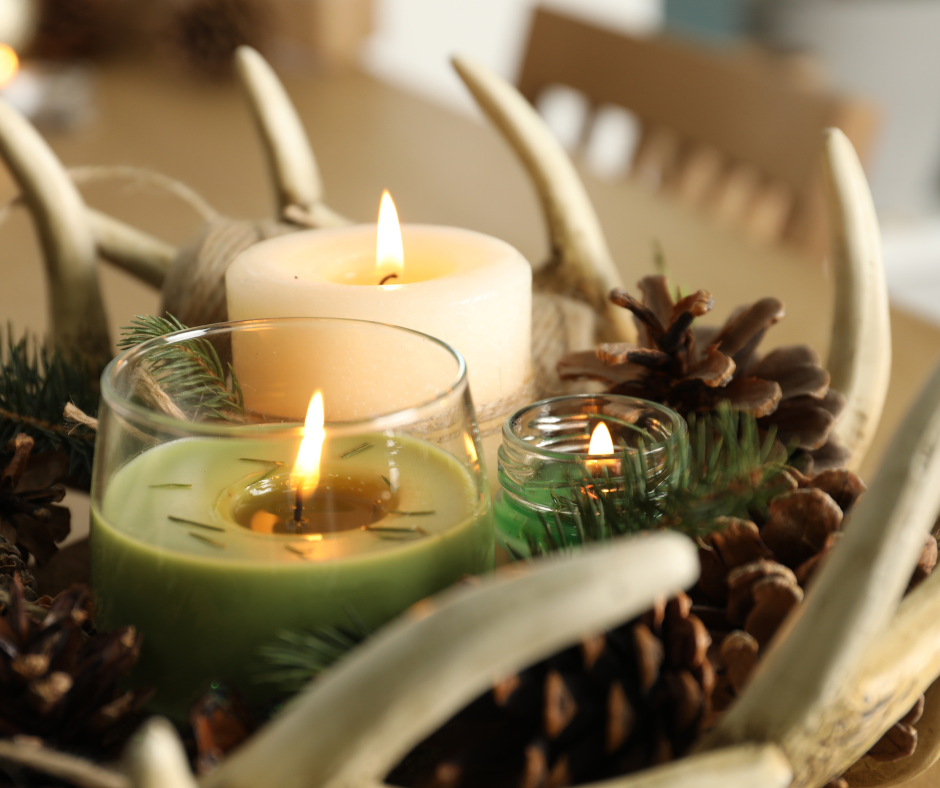Stay Healthy This Winter

Winter is a great time to binge-watch our favorite streaming series, read books we haven’t had time to read, gather with friends for dinner and game night, but it’s also a great time for letting our health regimen go by the wayside. This opens the door for illness, and no one has time for that. Keep yourself feeling and doing your best with this guideline!
You and Your Home
-
- If you didn’t get exercise equipment or a gym membership over the holidays, it doesn’t give you an excuse not to exercise. Walking is really an easy yet important way to burn off those holiday calories. The cooler temps help you burn more because it takes more energy to stay warm, even while hitting the sidewalk. A win-win exercise!
-
- We may not be doing a lot of perspiring, but water is still essential to our good health. Eight 8 ounce glasses a day will keep you hydrated, and your skin will thank you, too, as water helps battle the dry, itchy skin we get in Winter.
-
- Keep surfaces in your home wiped down with all-purpose cleaner and warm water. This is better than using disinfectants, as viruses and bacteria can become resistant to these ingredients, as noted with the FDA banning triclosan, a popular antibacterial additive in hand soaps.
-
- If you do get sick--stay home and rest! The more you are out and about not only makes you feel worse and lengthens your recovery, the more you spread what you have!
Your Mother Was Right!
-
- Wash your hands! Using plain soap for forty-five seconds and a warm water rinse is all you need to fight germs.
-
- Cover sneezes and coughs preferable with a disposable tissue, and if that isn’t available, cover your mouth and nose in the crook of your arm.
-
- Avoid shaking hands, especially if someone is sick or has been around someone who is sick.
-
- Take your vitamins! A daily multivitamin at mealtime is a great way to keep you healthy and getting the nutrients you need, especially vitamin D, which goes lacking somewhat in the colder months when we aren’t spending as much time in the sunshine.
-
- Go to bed! Rest is so important to your overall health, and with the longer nighttime hours, it may be easier for you to get a full 7-8 hours a night. Your immune system works better when you’re rested up.
-
- Eat your vegetables--this is a no-brainer, anyway, but leafy greens, beans, and citrus are the best for the antioxidants you need to keep your immune system strong.
Even in Winter, our fast-paced lives can keep us from being diligent about staying healthy when it’s more important than the warm months. The get-togethers in close quarters, die-hards that come to work with a cold, and viruses our kids bring home from school are all standards of germ-sharing this time of year. Taking care of yourself and your family may take a little extra effort, but you’ll be healthier and happier in the long run.
Courtesy of New Castle County DE Realtors Tucker Robbins.














